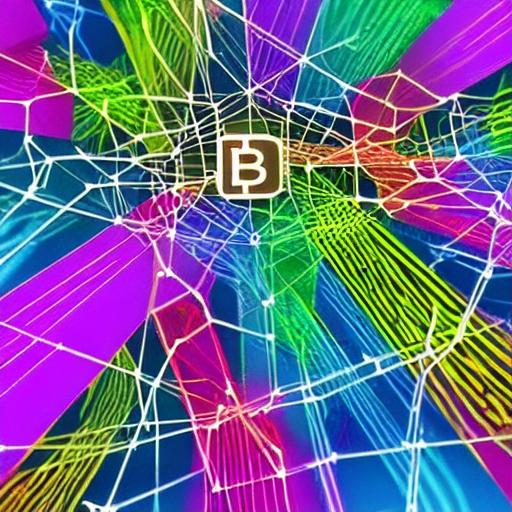In recent years, a new digital phenomenon has taken the art, gaming, and collectibles worlds by storm—Non-Fungible Tokens (NFTs). NFTs are unique digital assets that utilize blockchain technology to authenticate and establish ownership, revolutionizing the way we perceive and interact with digital media.
Unlike cryptocurrencies such as Bitcoin or Ethereum, which are fungible and can be exchanged on a like-for-like basis, NFTs are indivisible and unique, with each token representing a distinct piece of content or digital asset. This uniqueness and scarcity are what make NFTs valuable and highly sought after.
The concept behind NFTs is to provide a means for artists, creators, and even gamers to monetize and sell their digital creations directly to consumers. By tokenizing digital assets through blockchain, these digital items can now be bought, sold, and owned in a secure and transparent manner, without the need for intermediaries. This decentralized nature empowers creators and offers them greater control over their intellectual property, while providing a new avenue for monetization.

NFTs have gained the most attention in the art world, with digital artworks selling for astronomical prices. Artists can mint their creations as NFTs, including digital images, animations, videos, and even virtual reality experiences. Each NFT contains metadata that verifies its authenticity, ownership, and provenance, ensuring its uniqueness and value. Buyers can then collect and trade these digital assets, establishing a new market for digital art.
Additionally, NFTs have extended beyond the realms of art into the world of gaming. With the advent of blockchain games, players can now own and trade in-game assets as NFTs. These assets can range from virtual land and characters to weapons and accessories. As players invest time and effort into these games, their acquired assets hold real value, and NFTs provide a secure and transparent way to buy, sell, and trade these items with other players or collectors.
The rise of NFTs has not been limited to just art and gaming. Collectibles, such as virtual sports trading cards or digital memorabilia, are also flourishing in the NFT landscape. These digital collectibles capture the nostalgia and excitement of traditional physical collections while introducing new possibilities and interactions in the digital age. Fans and collectors can own limited-edition items, have a verifiable proof of ownership, and engage in trading and reselling within a global marketplace.
Despite the rapid growth and popularity of NFTs, there are valid concerns regarding environmental impact and potential copyright issues. The energy consumption required for the blockchain process, known as minting or mining, has raised concerns about the carbon footprint of NFT transactions. Additionally, the ownership and copyright of digital assets can become complex when multiple parties are involved, necessitating the need for clearer regulations and guidelines in this emerging space.
However, with the potential to revolutionize the digital economy, NFTs have captivated the imagination of artists, creators, and collectors worldwide. By providing a means for tangible ownership and monetary value in the digital realm, NFTs have opened up new avenues for expression, creativity, and economic opportunities.
